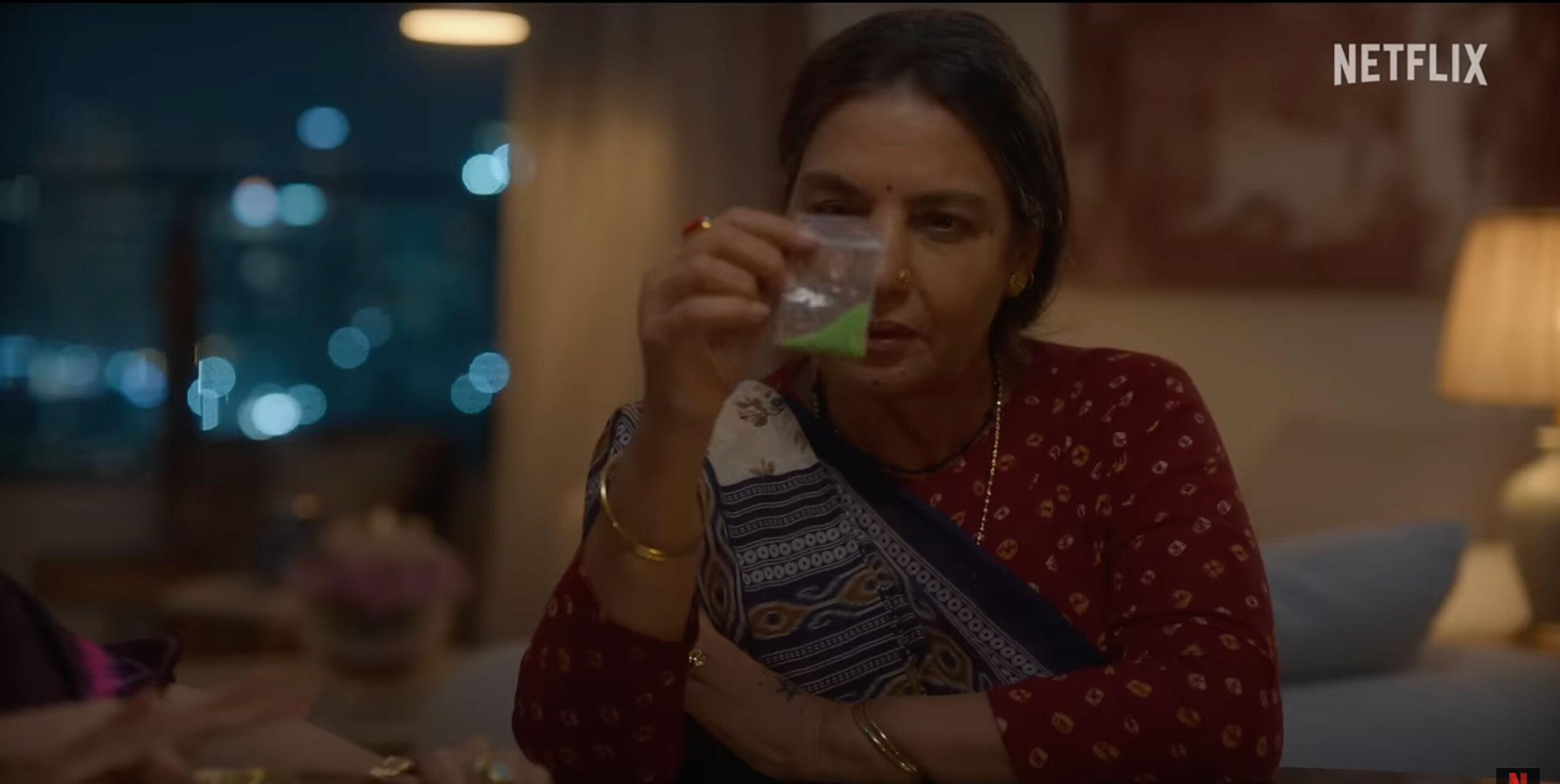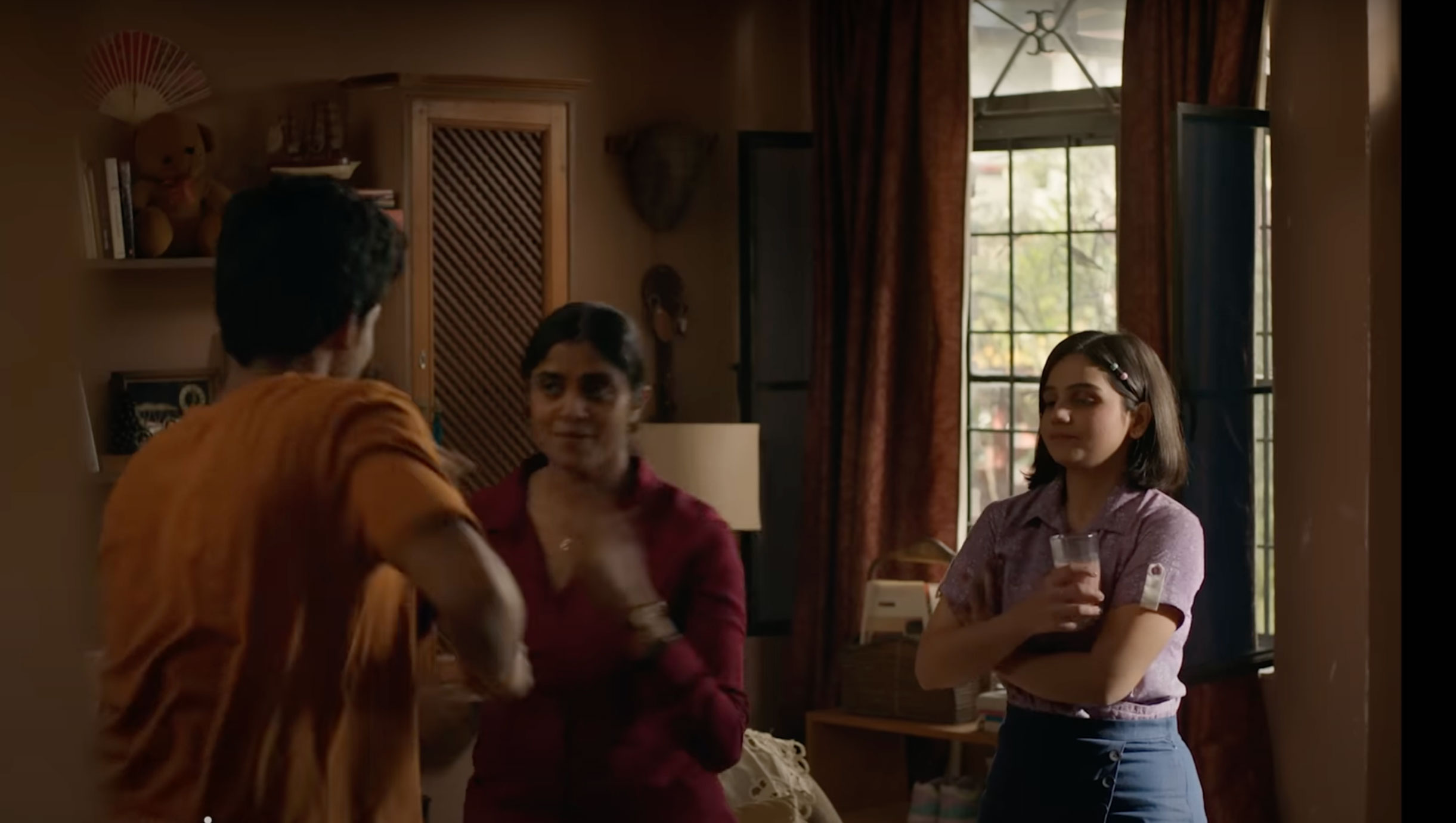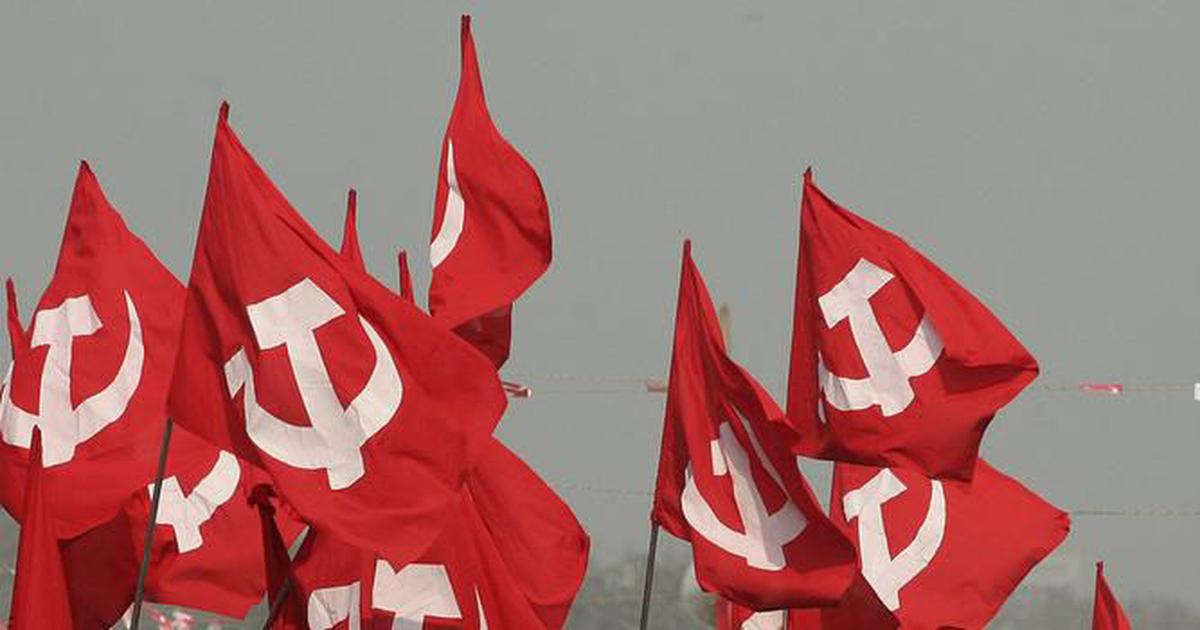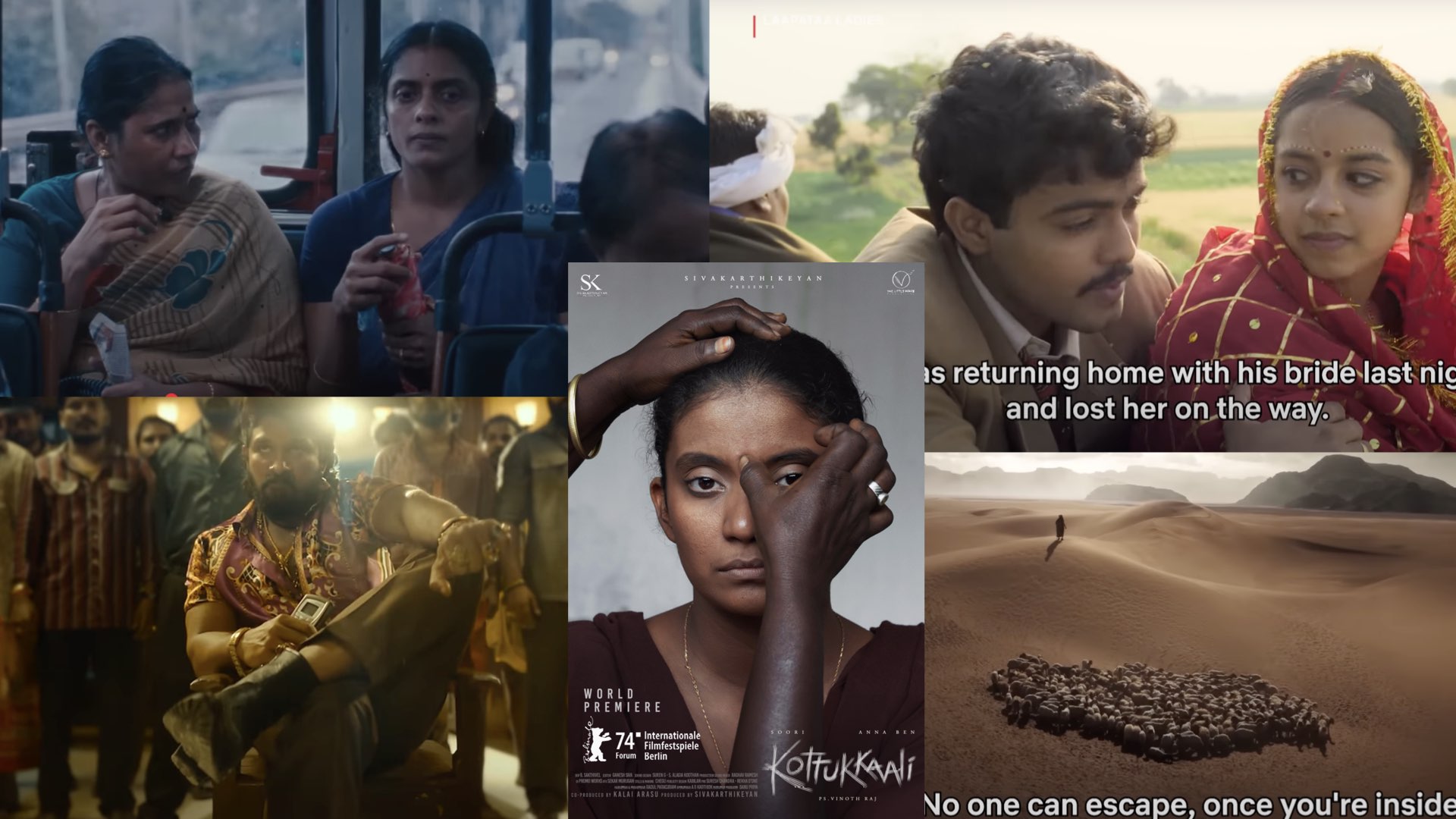Vaazhai (meaning banana plant), directed by Mari Selvaraj, opens with a powerful, haunting scene: a young boy, visibly distraught, limping as he cries out desperately into the vast, desolate landscape of a plateau. The long wide shot renders him almost insignificant against the rugged forest, underscoring his isolation and vulnerability. His unanswered calls linger in the air, heightening the mystery of his plight. Through a series of flashbacks, the narrative gradually pulls the audience into his past, revealing the pain and turmoil that have led him to this lonely point. The story unfolds with deliberate intimacy and tension, balancing sweeping cinematography with poignant glimpses into his experiences. The music in Vaazhai, composed by Santosh Narayanan, plays a pivotal role in amplifying the emotional depth and thematic resonance.
The film follows Sivanandan, a teenage boy whose life in rural Tamil Nadu mirrors the plight of many children from underprivileged communities. Selvaraj offers an unflinching view of a society where labour is prioritized over education, trapping children like Sivanandan in cycles of hardship and limited opportunity. Against the backdrop of agrarian life, Vaazhai explores the family dynamics and societal pressures that perpetuate this cycle, highlighting the impact of feudal labour systems on young, aspirational minds.
Selvaraj’s distinct directorial style – marked by stunning visuals and meticulous attention to detail – amplifies the film’s emotional weight. The lush, green landscapes of plantations create a striking contrast with the oppressive lives of the villagers. The banana plant, a central image in the film, becomes both a symbol of sustenance and an emblem of the burdens borne by the community. Images of Dr Ambedkar on school textbooks and on a poster beside the school gate reflect the profound influence of his legacy on marginalized communities, especially in their education.
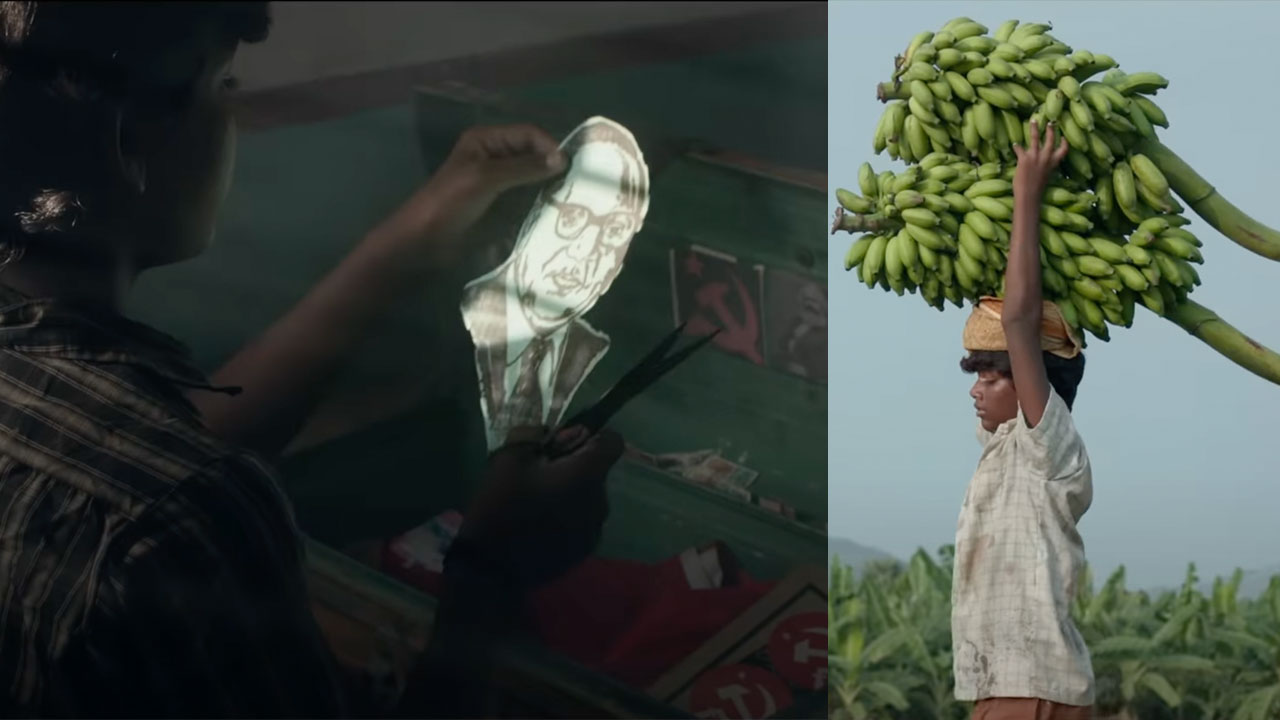
The film’s strength lies in its portrayal of child labour, which Selvaraj presents with empathy rather than sensationalism. Sivanandan’s silent suffering and longing for a carefree childhood resonate deeply, conveying a raw, haunting realism. While Vaazhai does falter at times with pacing issues – certain scenes feel drawn out, and a romantic subplot, though well-intended, feels tangential – the core themes remain impactful.
As the opening credits roll, Selvaraj’s personal connection to the story emerges with a heartfelt disclaimer. He describes the film as based on an incident from his own childhood, one that profoundly reshaped his life. He speaks of “monumental motherhood, love, celebration, sorrow, tears and politics” – all themes he has witnessed and lived. This autobiographical foundation gives the narrative a distinct authenticity and emotional intensity, weaving his own resilience into the fabric of the film.
Vaazhai is a testament to how personal experience can shape a filmmaker’s narrative arc, with Selvaraj’s socially charged storytelling elevating the film’s themes. Through his lens, the film immerses viewers in the layered reality of marginalized communities, serving as a vital addition to Dalit cinema. This genre, a powerful medium of resistance and self-representation, foregrounds the voices and experiences of oppressed communities. Vaazhai joins this lineage, delving into caste-based discrimination and the resilience of Dalit lives and portraying them with authenticity and in depth.
In its portrayal of social and personal struggles, Vaazhai invites comparisons to Fandry by Nagraj Manjule. Both films navigate themes of humiliation, social rejection, and aspirations for a better life, centring on Dalit children who experience universal emotions like infatuations and dreams, which are stifled by caste-based hierarchies. Filmmakers like Selvaraj and Manjule redefine cinematic storytelling by elevating Dalit voices, casting light on the contrast between realities on either end of the caste hierarchy. Ultimately, Vaazhai reflects on themes of love, compassion and resilience amid the harshness that Dalits endure. Through this nuanced narrative, Selvaraj continues to broaden the scope of Tamil cinema, anchoring his storytelling in the lived experiences of marginalized communities.
Forward Press also publishes books on Bahujan issues. Forward Press Books sheds light on the widespread problems as well as the finer aspects of Bahujan (Dalit, OBC, Adivasi, Nomadic, Pasmanda) society, culture, literature and politics. Contact us for a list of FP Books’ titles and to order. Mobile: +917827427311, Email: info@forwardmagazine.in)

